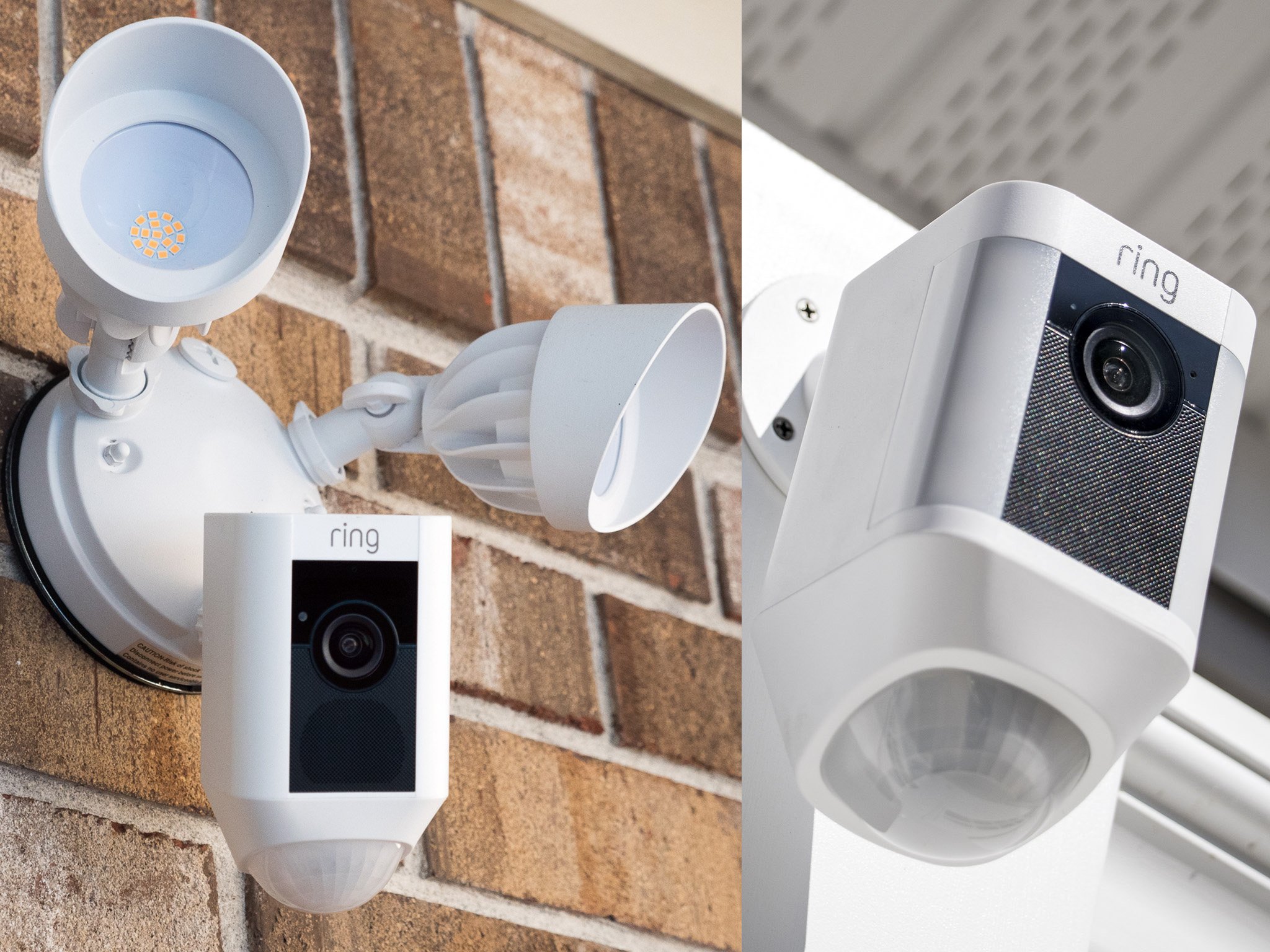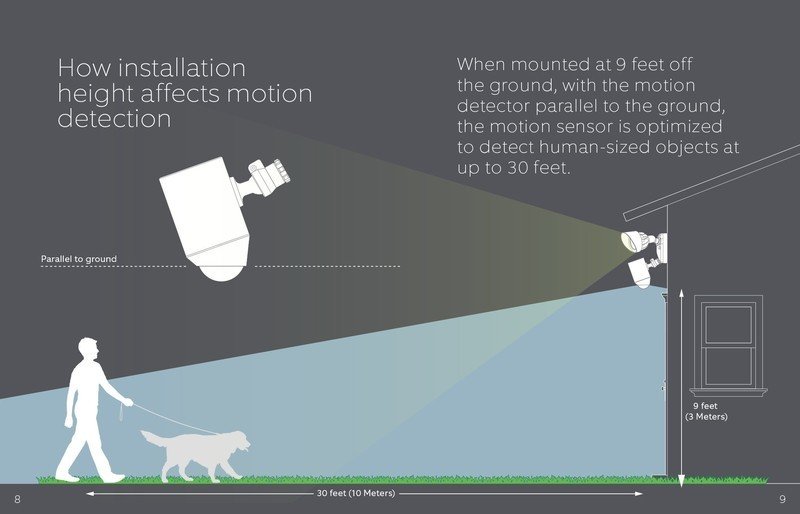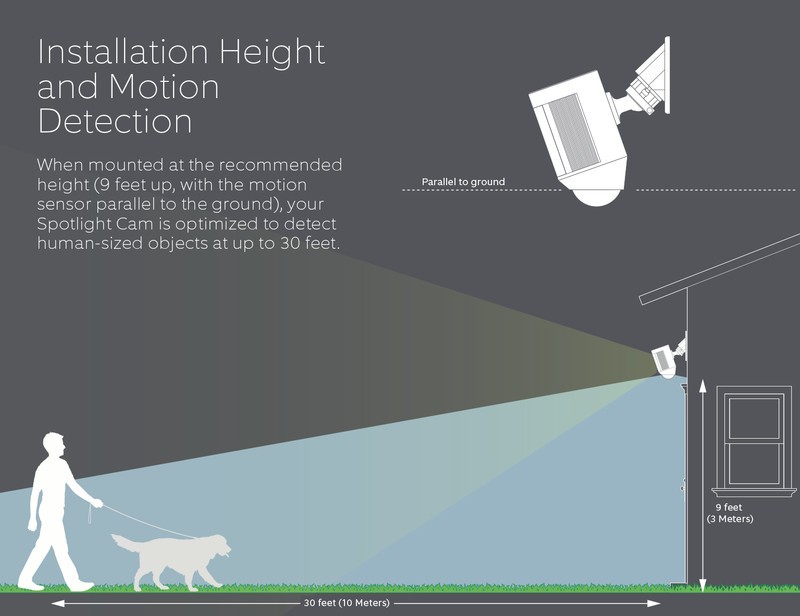Ring Floodlight vs. Ring Spotlight: What's the difference?

When it comes to the combination light/security camera game, Ring (which, of course, you also know for its doorbells) has a couple of interesting entries. There's the Ring Floodlight Cam ($248) and the Ring Spotlight Cam ($199).
So what's the difference? And which one is right for you?
Let's take a look.
Wires or no wires?
First, and probably most important, there's the matter of mounting. Ring Floodlight Cam requires 120 volt wiring — the same sort of electrical wiring that would run to a "normal" sort of floodlight or light fixture. If you don't have that where you intend on using this sort of thing, then you'll either need to have an electrician install a run, or look at the Spotlight Cam.
The Spotlight Cam comes in a couple of flavors. There's a battery-only model, which you'll recharge (they say every six months) via Micro-USB. Pop out the battery, charge it inside, then slip it back into the Spotlight Cam. There's also a wired version, which will hook into your home's 120v wiring.
The former lets you stick the camera wherever you want (so long as it's still within Wi-Fi range, and these things run on 802.11n). The latter is a little more limited, but never needs to be recharged. If you have the option to use a wired light, do it.
Floodlight vs. Spotlight
This part also sort of depends on where you're looking to use the light. As the names imply, the Floodlight is meant to illuminate a larger space than the Spotlight. One "floods" an area with light. The other is a more condensed "spot" of light. Make sense?
Get the latest news from Android Central, your trusted companion in the world of Android
If you want to light up a section of your yard, you'll want the Ring Floodlight Cam. If you want to monitor a smaller area with a shorter field of view — that is, not more than 30 feet from the light and camera — then the Spotlight Cam may be right for you.
Look at it like this: Covering a yard? Go floodlight. Covering an entryway (or some other place where someone might get funneled coming into your home)? Spotlight.
There's a good example of all of this here, if you've got a few minutes.


More: Read our Ring Floodlight Cam review
Visual appearance
This one really shouldn't matter all that much, but I'm going to throw it out there anyway: the Ring Floodlight Cam and Ring Spotlight Cam look pretty different. If you're concerned about aesthetics, that's something to take in mind.
The Floodlight Cam looks like a couple of floodlights — albeit ones that you might not be used to, since they use LEDs — sticking out almost like antennae. It's not inconspicuous, especially with the camera unit slung beneath it.
The Spotlight Cam is much more sleek, with the light integrated into the camera unit, so it's a single piece of hardware.
Function should take precedence over form here, but it's still something to consider.
The bottom line
While these products are plenty similar, they're also different tools for different jobs. The Floodlight Cam is meant for larger spaces that need to be illuminated.
The Spotlight Cam is for tighter spaces. There's a $50 difference between the two, which is fairly marginal when it comes to this sort of thing. Both have 1080p cameras and microphones and speakers and alarms.
So it all depends on where you plan on using it.

